The Australian town reminiscent of Bath in England
Richmond’s sandstone landmark is a sturdy reminder of the picturesque Coal River Valley’s colonial past.
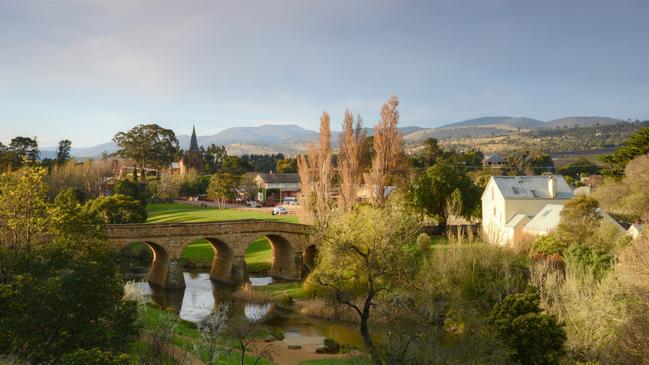
Richmond’s bridge seems unremarkable when driving across it on the way through this historic village, 30 minutes northeast of Hobart. Pause in the park opposite, however, and behold a picturesque snapshot of Tasmania’s colonial past. Ducks and the unhurried Coal River glide beneath gentle arches of golden sandstone. Above the central pier of Australia’s oldest bridge, “A.D. 1823” is boldly carved into the foundation stone laid in December that year.
The town of Richmond was proclaimed two months later, making this the bicentenary year of a place admired for its heritage charm. Elegant Georgian architecture from its mid-19th century heyday dominates the streetscape. Shops and houses have been restored and transformed into accommodation, cafes and places to acquire art, antiques and homewares. Showing me around Richmond, heritage consultant Alan Townsend points to an 1830s building now offering Lafayette on Bridge’s posh candles, cushions and more. “If you teleported this (building) on to a street in Bath it would look totally at home,” he says, recalling that English city’s Georgian grace.

The key heritage sites reveal themselves on an easy stroll (visitors can find a total of 66 with an informative brochure available around town). They include other structures among Australia’s oldest this and that: the school, St Luke’s Anglican Church, St John’s Catholic Church and Richmond Gaol. Opened in 1825,the lock-up is now a tourist attraction that exposes the not-so-pretty past. Worn paving stones lead to the flogging yard and solitary cells the size of toilet cubicles. These and other punishments and daily discomforts were endured by lawbreakers, including the convicts who built Tasmania’s Georgian beauty, and Aboriginal people who impeded European settlement.
I take a walk with Pakana woman Theresa Sainty to learn about the Mumirimina, who lived in this area for 40,000 years. “Imagine what that bridge and the laying of the foundation stone meant to those people,” she says. They were soon wiped out, leaving only fragments of their culture behind. Even the area’s original place names were lost. Efforts are being made to acknowledge the fact local history extends back much further than 200 years. Sainty shows me a public artwork recently installed opposite the bridge. A Mumirimina-style woven basket re-created in bronze rests by the river alongside a stone boldly carved with the words “layna ngayapi” – water is life.
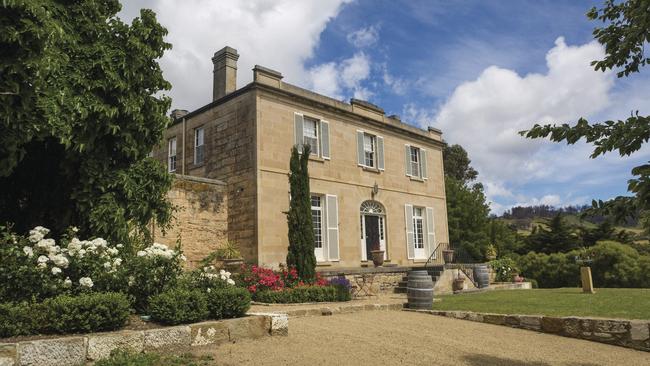
That water flows through the surrounding Coal River Valley, drawing visitors beyond Richmond to the wineries it sustains. Among this cool-climate region’s vineyards is Pooley Wines, a second-generation family business with a cellar door tucked behind a handsome 1830s Georgian home. Amid the former coach-house and barn’s wooden ceiling and whitewashed stone walls, I sample wines that convey a sense of history. The Jack Denis Pooley pinot noir, for example, is named after the vineyard’s co-founder, while the Matilda sparkling honours his first great-grandchild. In contrast, Domaine A’s cellar door exudes rockstar vibes with its geometric black-and-white tiled floors, velvet curtains and bespoke glass lights. Artist Kirsha Kaechele led this recent makeover. Her husband, David Walsh, of Mona museum fame, apparently liked the Bordeaux-style reds made here so much he bought the winery.
Different again is Frogmore Creek, where I’m enticed by shelves of gourmet products and gifts. Further inside the smart barn-like building, a yearning to indulge grows at the cellar door and restaurant, and on the terrace with its vista of vines. The difficulty is in choosing from numerous house wines, and a menu that includes Thai-influenced seared scallops served on the shell and an artfully executed beetroot salad.
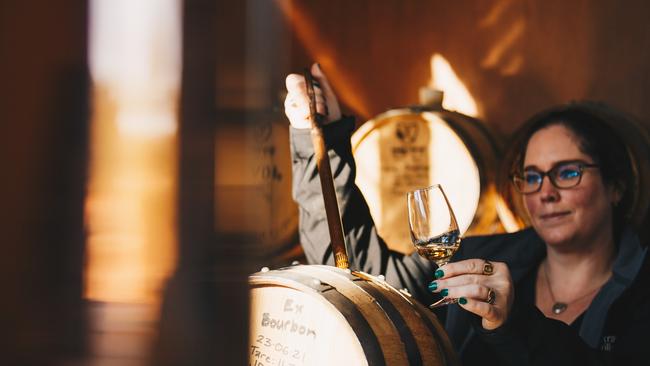
A few distilleries are enhancing the valley’s appeal. At Killara Distillery, I meet Kristy Lark-Booth, whose parents started Australia’s craft spirits boom with Lark Distillery. Over the recently launched gin high tea served on vintage china and glassware, she reveals a passion for time-honoured ways. A student of traditional apothecary gardens, Lark-Booth sources her gins’ botanicals from Killara’s acreage or within 50km – including her mum’s lemons.
Time-honoured ways are also important at Coal River Farm, one of the food producers luring tourists out into the valley. Its fortes are cheese and chocolate made by hand at each step of the process, which I observe through large windows. In the shop and cafe, the rich, toasty scent of lavosh being baked suggests there’s more to love, as High Cheese proves. A Coal River Farm showcase, the two-tiered wooden stand offers cheeses such as umami-powered blue, apple paste, candied walnuts and next-level lavosh. Above these are exquisite chocolates bursting with flavour, from lemon myrtle to leatherwood honey.
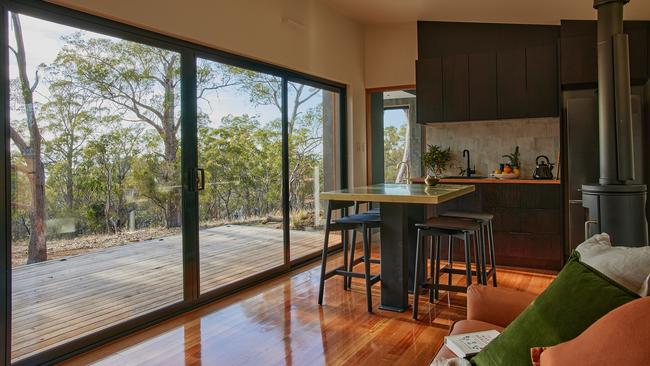
My base for exploring the region’s treasures old and new is The Croft at Arden Retreat, about five minutes’ drive from Richmond but tucked away in the bush. This luxe cabin has everything I could want, including kitchen facilities for preparing more valley delights. The Croft’s design is contemporary, from brass-topped kitchen table to the master bedroom and walk-in shower’s deep, angled window ledges. Yet it’s really about embracing nature. Materials are traditional, such as wood, stone and linen. Morning light pours in, including through bay windows by the tub and reading nook. A small slow-combustion wood heater echoes the open fire outdoors, beside which is a wood-fired hot tub.
I wake to the warbling of butcherbirds unseen amid the scraggy blue and peppermint gums, and wind down beside the fire and under bright stars. Setting aside The Croft’s comforts, I wonder if this is what it was like here before that foundation stone was laid.
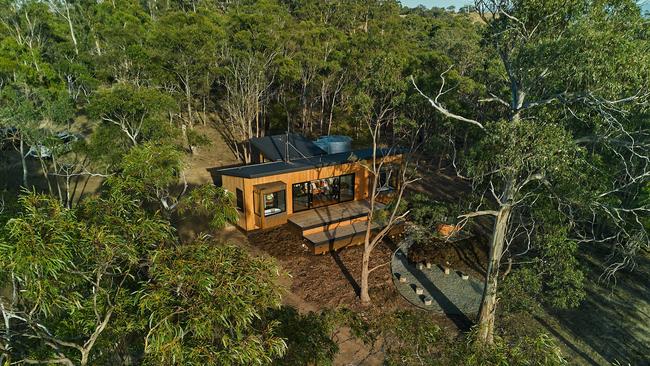
In the know
Pooley Wines is open for tastings seven days a week; $10 a person.
Domaine A offers tastings from Thursday-Sunday; $20 a person.
Frogmore Creek serves tastings and lunch, Wednesday-Monday.
Killara Distillery welcomes visitors Tuesday-Saturday. The Apothecary Gin high tea is $80 a person.
High Cheese at Coal River Farm is available daily; $49 a person, minimum two.
The Croft at Arden Retreat sleeps up to four from $495 a night, minimum two nights. Breakfast provisions included; meals, local produce and drinks are available for purchase.
Patricia Maunder was a guest of Tourism Tasmania.



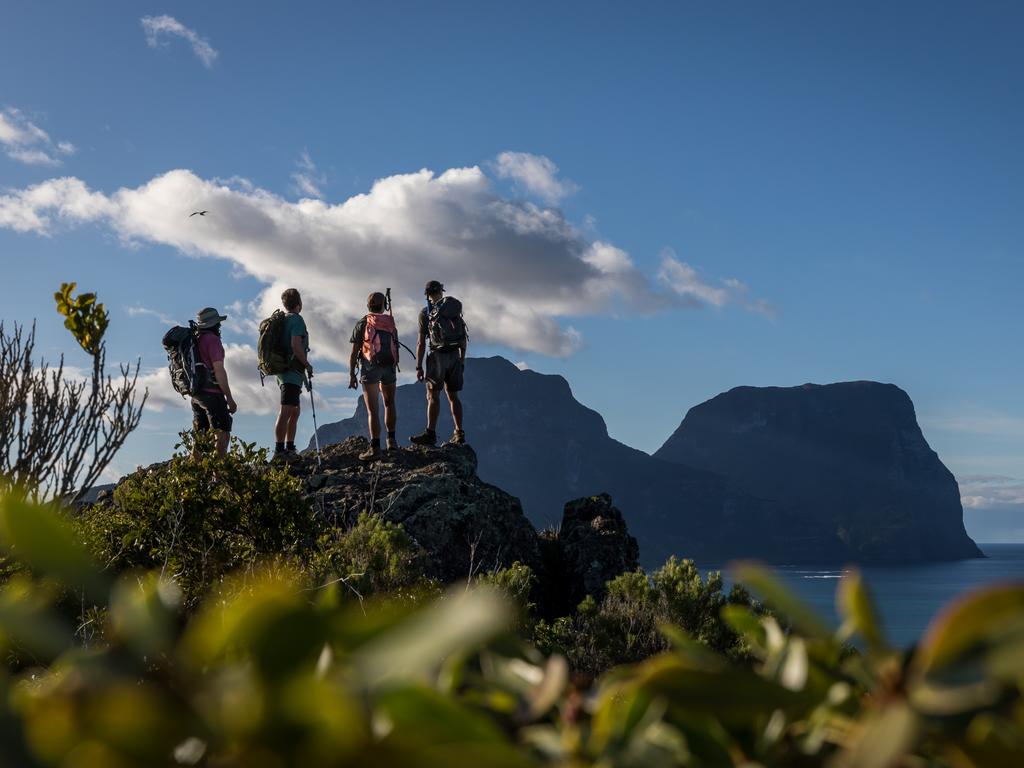
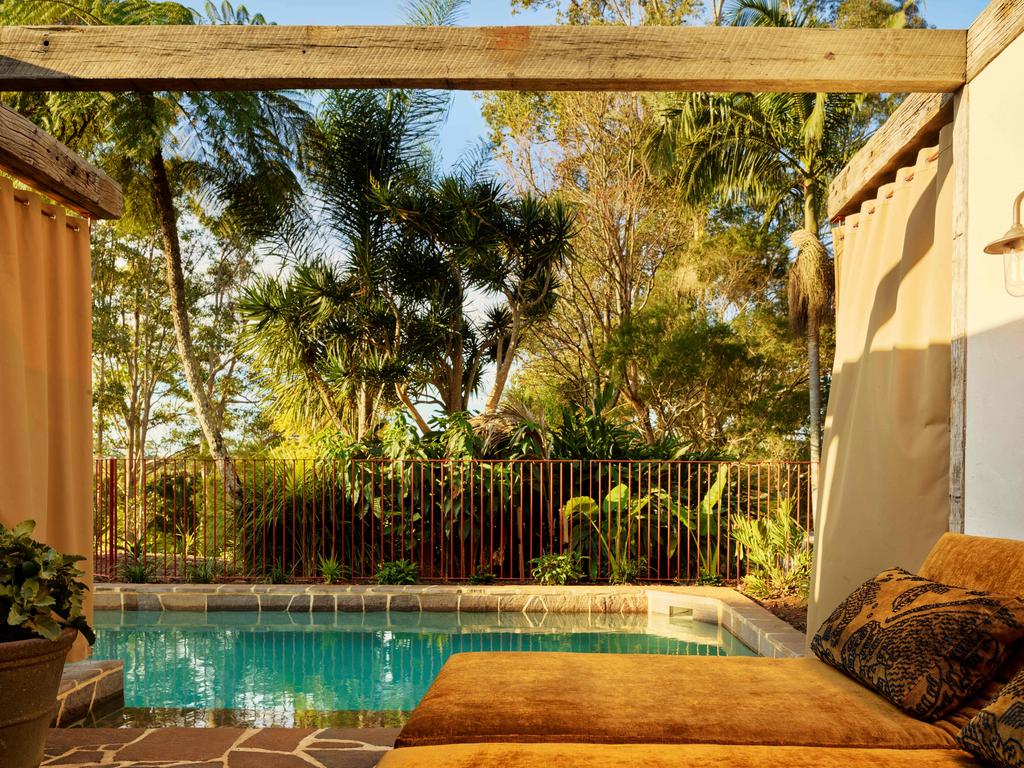
To join the conversation, please log in. Don't have an account? Register
Join the conversation, you are commenting as Logout